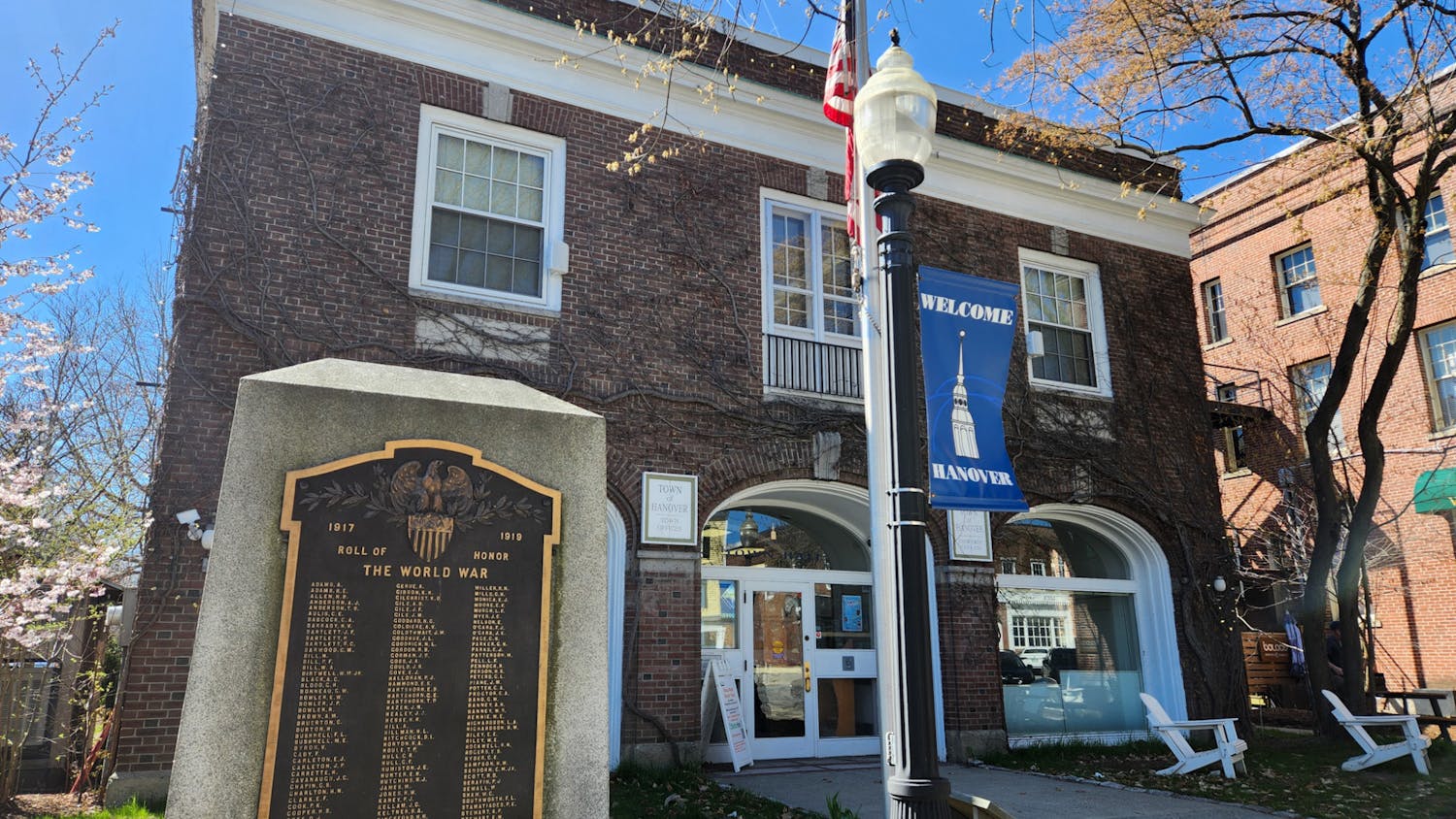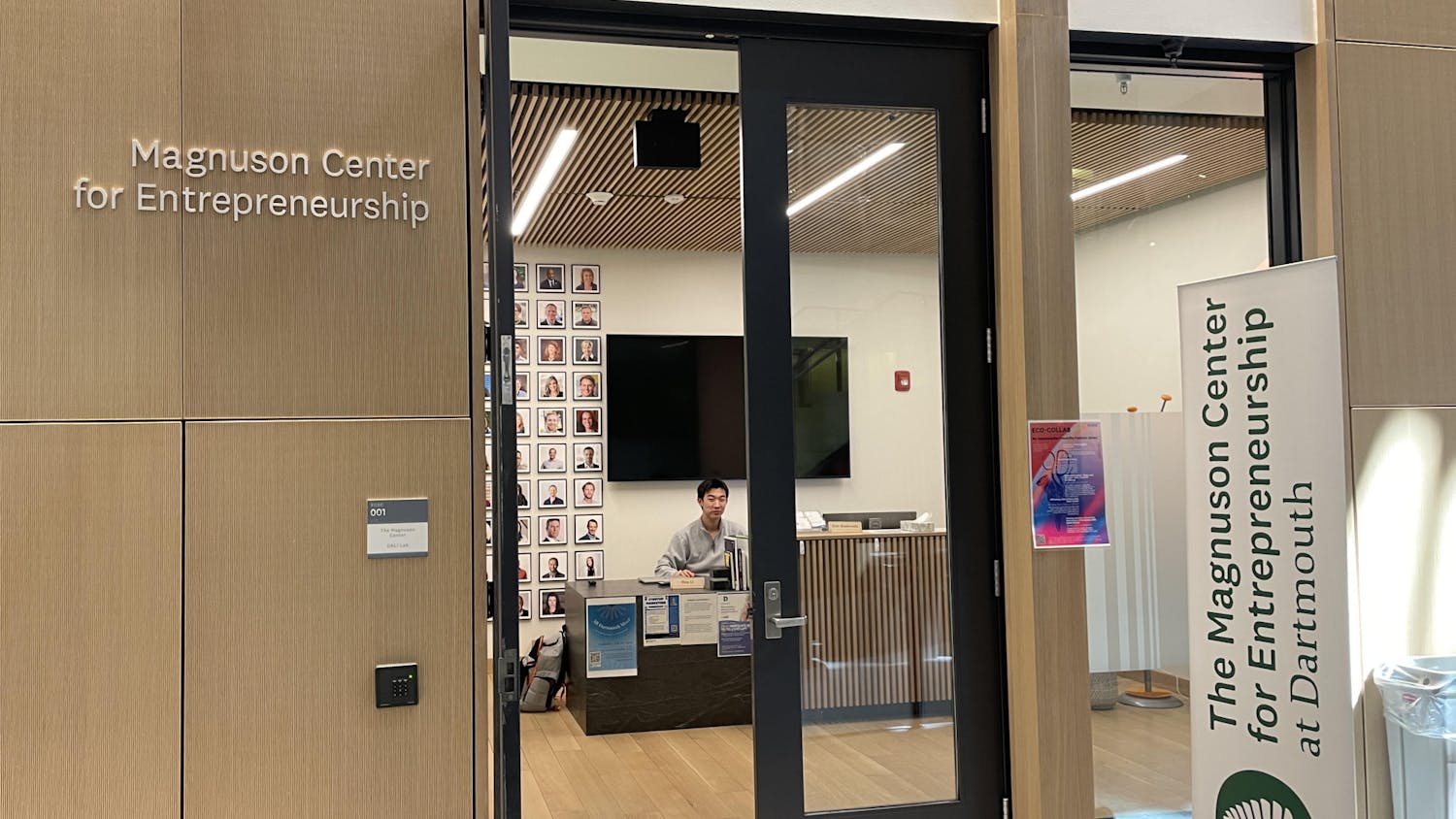"In the beginning there were tin lid covers and pie pans, ... lids from paint cans or phonograph records." Or at least in the beginning as written by Victor Malafronte.
According to Malafronte, back in the 1950s, enterprising Dartmouth men had to find some way to amuse themselves in the sleepy town of Hanover.
And one item to which Dartmouth men turned were flying discs. Malafronte, a self-proclaimed "Frisbee historian" who is working on a book about the history of flying discs, claims that the first discs may have been invented and sold at Dartmouth during the 1950s.
Although humans have thrown discs ever since the invention of the wheel, Malafronte said Dartmouth was a hotbed of disk activity and innovation.
"Dartmouth figures in that they were tossing Frisbee pie pans and other objects" very early, he said.
Bill Robes, a local resident, saw dollar symbols when he watched students tossing the pie pans, according to Malafronte.
"In 1950 he made the first handmade space saucer by heating ... a sheet of plastic in an oven," Malafronte said. "He made a mold out of parts from a washing machine. He would trim it to size and sell these discs at the Dartmouth Co-op."
Dartmouth students may have helped popularize the nascent sport by selling Robes' space saucers in their home towns to help pay for tuition, he said.
"Many of us in the early 1960s referred to a disk called the Dartmouth disk," Malafronte said. "Later a collector ... found Bill Robes and his space saucer."
Despite Robes' plastic disc, Malafronte said many Dartmouth students continued to use cookie-can covers in organized games.
Malafronte said "the first international 'frizby' championships were held at Dartmouth" in 1954 at Theta Delta Chi fraternity.
Theta Delt had "an open air 'frizby' pit, a place reserved for playing this early cookie-can game. They were using a five-inch can cover," he said.
"There were two teams involved: the Dartmouth Blossom Brothers and ... a team called the Montreal Freethrowers ... This game was played with two five-man teams that stand at arms' length facing each other about 30 feet apart," he said.
Players tried to throw the disk in such a way as to make their opponents unable to catch it. The Shield, a publication of Theta Delt said, "it was a well placed reverse-cut thrust that won the game for the Dartmouth Blossom Brothers," according to Malafronte.
Malafronte said Robes' invention did not lead directly to the development of the Frisbee, a trademark of Wham-O.
"Wham-O saw a gentleman by the name of Fred Morrison selling his 'Pluto-Platter Flying Saucer' around 1956," Malafronte said. Since then Wham-O has "been the leader in promotion and sales," he said.
Malafronte has hired Amy Antman '99 to research the history of flying discs at Dartmouth.
"I'm looking for any articles or advertisements in The Dartmouth between 1950 and 1960 that refer to Robes' flying disc. Anything that shows there were Frisbees at that time, like descriptions of games," Antman said.
Antman's investigation has already met with some success. "I found a picture in the 1958 yearbook of a fraternity brother tossing a dish," she said.
For the past two years, Malafronte, who won the first world Frisbee championships at the Rose Bowl in Pasadena, Calif., in 1974, has been writing a book about the history and contemporary culture of flying discs.
Malafronte may publish the book himself. "Because of its novelty I think it will do very well," he said.



